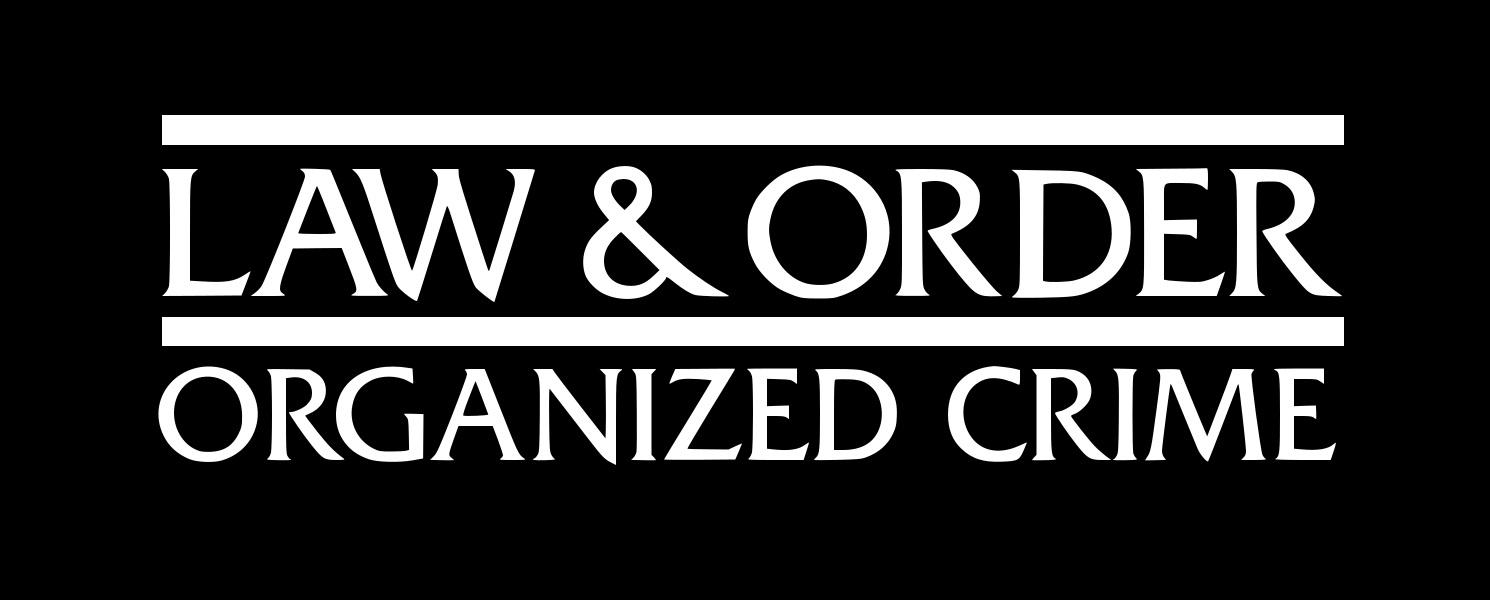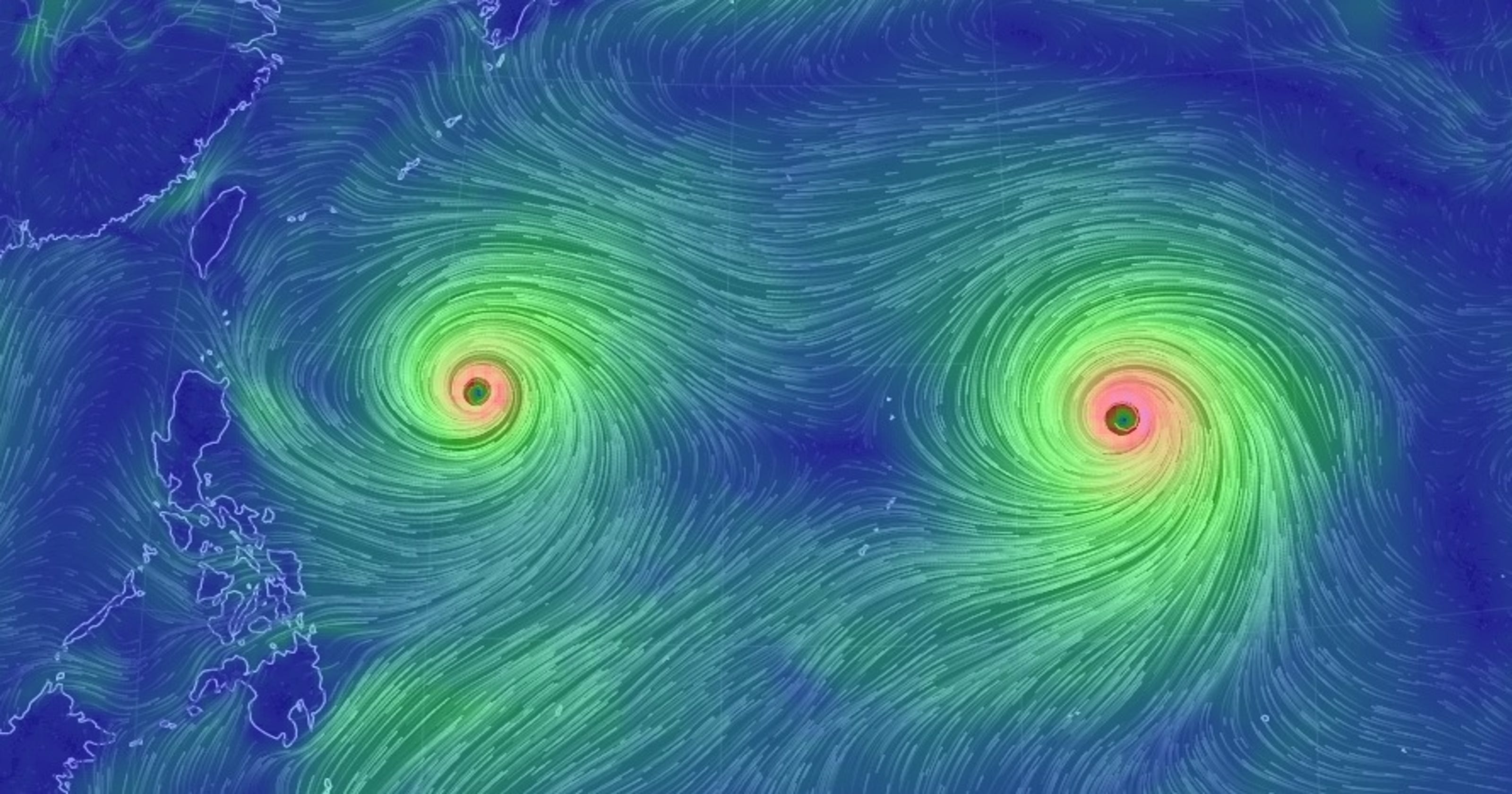The Hells Angels: Myths, Realities, And Organization

Table of Contents
The History and Origins of the Hells Angels
Early Years and Formation
The Hells Angels Motorcycle Club's origins trace back to post-World War II California. Founded in 1948 in Fontana, California, the club initially consisted of a small group of veterans and other young men drawn together by a shared love of motorcycles and a rebellious spirit. The early Hells Angels engaged in activities common amongst motorcycle enthusiasts of the era – motorcycle racing, barroom brawls, and a strong sense of camaraderie.
- Location of initial chapter: Fontana, California
- Initial membership demographics: Primarily World War II veterans and young men from working-class backgrounds.
- Early club activities: Motorcycle racing, bar fights, social gatherings, and early forms of organized crime.
These early years laid the foundation for the Hells Angels' future growth and notoriety, cementing their place in the emerging outlaw motorcycle gang culture. The use of the "Hells Angels" name itself was likely inspired by the Hollywood film, "Hell's Angels," released in 1930, which further enhanced their image as rebellious and dangerous. This early Hells Angels history is crucial to understanding the club's evolution.
Expansion and Growth
From their humble beginnings in Fontana, the Hells Angels rapidly expanded throughout the United States and eventually internationally. This expansion wasn't without challenges; rivalries with other motorcycle clubs and ongoing law enforcement crackdowns frequently hampered their growth. However, the club's structured organization and strict initiation process proved effective in maintaining control and facilitating expansion.
- Key dates of expansion: The 1950s and 60s saw significant growth across the US, with international chapters emerging later.
- Establishment of chapters in different regions: Chapters spread across the US, establishing a strong presence in major cities and expanding to other countries.
- Challenges faced during expansion: Intense rivalries with other motorcycle gangs, numerous arrests, and ongoing conflict with law enforcement agencies.
This period cemented the Hells Angels' reputation, transforming them from a local motorcycle club into a globally recognized, albeit controversial, organization. The international Hells Angels chapters further solidified their presence and influence.
The Hells Angels' Organizational Structure
Hierarchy and Membership
The Hells Angels boast a rigidly hierarchical structure. A clear chain of command exists, ensuring efficient communication and coordination within the club's various chapters. The structure typically includes:
- President: The leader of a chapter or, at the highest level, the national club.
- Vice President: Second-in-command, assisting the President.
- Sergeant-at-Arms: Responsible for enforcing club rules and discipline.
- Treasurer: Manages the club's finances.
- Other officers and members: Various ranks and roles exist within the structure.
The "patching in" process, the formal initiation into the Hells Angels, is notoriously difficult and demanding. Prospective members, known as "prospects," undergo a rigorous period of probation and must prove their loyalty and commitment before they can fully join. Requirements vary, but usually involve proving their worth through various activities, such as running errands, showing unwavering loyalty, and potentially performing illegal acts. Understanding this Hells Angels hierarchy and membership process is crucial to understanding the club’s inner workings.
Chapter Autonomy and Communication
While there's a national Hells Angels organization, individual chapters maintain a degree of autonomy. This decentralized structure allows for flexibility in adapting to local conditions and circumstances. However, communication and coordination between chapters are essential for maintaining the overall club's unity and strategic objectives.
- Relationship between national leadership and individual chapters: A complex interplay of independence and control exists.
- Methods of communication: Meetings, designated messengers, and increasingly, modern communication technologies.
- Levels of centralized control: A balance between centralized decision-making on crucial matters and local chapter autonomy.
This balance between Hells Angels chapters and the national organization is key to their long-lasting existence and ability to maintain a level of cohesion amidst significant geographic distances.
Myths and Realities of the Hells Angels
Common Misconceptions
Numerous misconceptions surround the Hells Angels. Separating fact from fiction is crucial to forming an accurate understanding of this complex organization.
- Myth: All Hells Angels members are involved in criminal activity. Reality: While criminal activity is associated with the club, not all members participate directly.
- Myth: All Hells Angels chapters operate identically. Reality: Chapters exhibit varying degrees of autonomy and involvement in criminal activities.
- Myth: The Hells Angels are a monolithic organization with a single, unified agenda. Reality: Internal factions and rivalries exist within the club's structure.
These Hells Angels myths often cloud objective understanding and contribute to sensationalized media portrayals.
Criminal Activities and Law Enforcement
The Hells Angels have been linked to various criminal activities worldwide, including:
- Drug trafficking: The production, distribution, and sale of narcotics.
- Violence: Assaults, murders, and intimidation tactics used to maintain control and eliminate rivals.
- Racketeering: Extortion, protection rackets, and other organized crime activities.
Law enforcement agencies globally have dedicated significant resources to investigating and combating the criminal activities of the Hells Angels. Numerous large-scale operations have targeted the club, leading to arrests, seizures of assets, and lengthy legal battles. The Hells Angels' response to law enforcement efforts has often involved strategies of deception, violence, and legal challenges. This ongoing interaction between the Hells Angels and law enforcement shapes the club's activities and public perception.
Conclusion
The Hells Angels Motorcycle Club remains a complex and controversial organization. Understanding their history, structure, and activities requires separating fact from fiction, moving beyond sensationalized media portrayals. This article has explored the key aspects of the Hells Angels, highlighting both the myths and realities surrounding this iconic, yet infamous, group. For a deeper understanding of outlaw motorcycle gangs and their impact on society, further research into the Hells Angels and related topics is encouraged. To learn more about the Hells Angels and similar organizations, continue your exploration online using keywords like "Hells Angels history," "outlaw motorcycle clubs," or "motorcycle gang activities."

Featured Posts
-
 The Rise And Fall Or Continued Success Of Russell And The Typhoons
May 25, 2025
The Rise And Fall Or Continued Success Of Russell And The Typhoons
May 25, 2025 -
 Watch The Saint On Itv 4 Episode Dates And Times
May 25, 2025
Watch The Saint On Itv 4 Episode Dates And Times
May 25, 2025 -
 Dave Turmel Canadas Top Fugitive Captured In Italy
May 25, 2025
Dave Turmel Canadas Top Fugitive Captured In Italy
May 25, 2025 -
 Gryozy Lyubvi Ili Ilicha Podrobnosti Iz Gazety Trud
May 25, 2025
Gryozy Lyubvi Ili Ilicha Podrobnosti Iz Gazety Trud
May 25, 2025 -
 Amundi Dow Jones Industrial Average Ucits Etf Nav Analysis And Implications
May 25, 2025
Amundi Dow Jones Industrial Average Ucits Etf Nav Analysis And Implications
May 25, 2025
